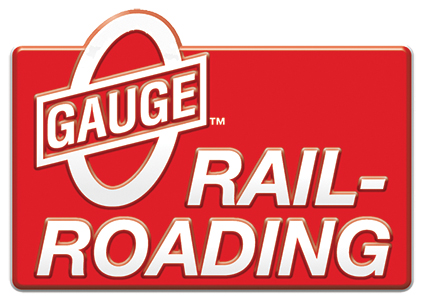I picked up the Weaver Reading Crusader locomotive and passenger car set recently. Externally, the cars looks great, but when you put them on the track and light them, the lighting is pretty lame! Two bulbs riveted to the chassis? Really? In any case, since I also plan on adding interiors to the cars, clearly this lame lighting has to go!
I decided to start with one of the two observation cars, they're typically the most trouble as you have to make arrangements to properly light the markers as well as the main cabin.
I start with the frame, wire the two pickups together and insert a low trip PTC fuse in the wire to prevent melting if they suffer a derailment. I cover all the wiring with Kapton tape to keep it flat, in this case I used the 2" tape. The LED power regulator is placed at the open end of the car using foam tape, and note the Kapton tape under the contacts to keep them from being able to short to the chassis.
Next we move on to the shell. Since there is a narrow rib running down the center, for even lighting I opted to go with two strips of lights. Same amount of power, just each LED is not driven as hard. On a few places every few inches, I put a small spot of hot glue to insure the adhesive of the strips doesn't let go and allow the lights to fall.
There are separate chip LED's for the rear markers, actually a group of two for each side as there are two lenses on each side simulating two lamps. A 2K resistor adjusts the brightness of the two chip LED's that are illuminating the markers on each side. The whole assembly is then secured with hot glue over the lights and down at the current limiting resistor.
The connection end of the strip is equipped with a connector that plugs into the lighting regulator board when the car is assembled. To keep it from lifting the tape, it's bonded with some hot glue, and also note the Kapton tape under the connection to the light strips to insure no shorts to the metal roof.
The finished product, nice even lighting, and it's all out of the way so an interior can be added as well. The markers are also properly lit, we don't want any rear-end collisions as we travel. ![]()
![]()














